Vigdis Gets a Boost
Norway's Equinor said it has decided with its partners to invest some NOK 1.4 billion ($164.7 million) in a boosting station for the long-producing Vigdis field in the Norwegian North Sea.
The new boosting station, expected to come online in the first quarter of 2021, is expected to raise production by almost 11 million barrels at the subsea field Vigdis, which has been producing oil through the Snorre field for more than 20 years.
“This is an improved oil recovery project which includes a multiphase boosting station that will increase production from existing wells. This adds new oil barrels at a highly competitive price,” said Torger Rød, Equinor’s senior vice president for project management control.
The boosting station will be connected to the pipeline to enhance the capacity between Vigdis in block 34/7 in the Tampen area and Snorre A located seven kilometers away for processing, and will help bring the well stream from the subsea field up to the platform. Thanks to the boosting station wellhead pressure can also be reduced, which further increases production from the wells.
The project will also involve some modifications to Snorre A, which receives oil from the Vigdis field, and Snorre B, supplying the new boosting station with power from a new umbilical.
The contract for delivering the boosting system, including subsea template and trawling protection, has been awarded to OneSubsea, a Schlumberger company. The contract value is estimated at NOK 700 million ($82.4 million).
Engineering will start in December 2018 in Bergen, and the assembly will take place at the company’s plant at Horsøy near Bergen. OneSubsea will use several subcontractors, including Framo Flatøy fabricating the pump and Luster Mekaniske Industri fabricating piping.
“A contract for the work to be performed on the Snorre A and B platforms will be awarded later, whereas marine operations will be performed under Equinor’s framework contracts,” Rød said.
Jez Averty, Equinor’s senior vice president for Operations South, said Equinor has continuously developed the Vigdis field through several phases of further development. When the field came on stream in 1997 it was assumed that the field would produce 200 million barrels of oil. So far, it has produced twice as much, with recoverable resources from Vigdis now estimated at 455 million barrels of oil.
In addition to the main structure, the Vigdis field comprises the Borg Nordvest and Vigdis Øst structures, which began producing in 2003 and 2004 respectively. Water depth is approx 280 meters.
Gas separated from the main Vigdis structure is injected into the Snorre field, while gas from Borg Nordvest and Vigdis Øst is piped from Snorre A to Statfjord A. Stabilized oil is transported by pipeline to Gullfaks A for storage and export.
The former Saga Petroleum company became operator for licence PL 089 when the licence was awarded in 1984. Norsk Hydro took over operatorship after acquiring Saga in 1999. Then Statoil, now Equinor, took over operatorship on January 1, 2003.

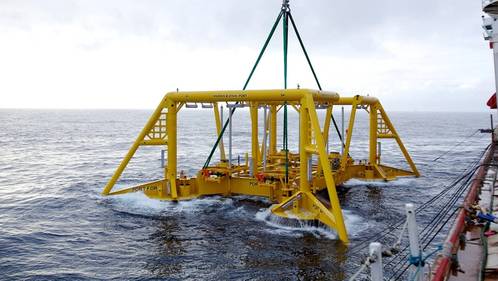
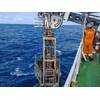

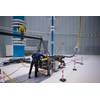
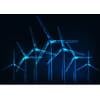

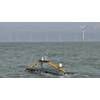






 December 2025
December 2025



